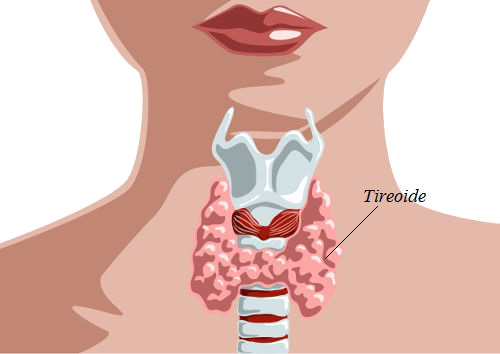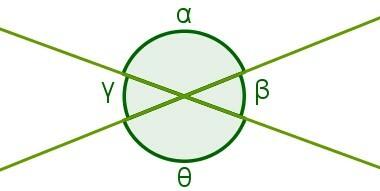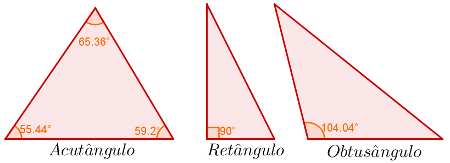Atglandsthey are structures formed by epithelial tissue of the glandular type that are specialized in the synthesis and release of substances. The glands can be single-celled, when they are formed only by a secretory cell, or multicellular, when they are made up of more than one cell. As an example of a unicellular gland, we can mention the goblet cell; and as an example of a multicellular gland, we can mention the sweat gland.
At multicellular glands are formed from the proliferation of glandular epithelial cells and subsequent invasion into the connective tissue next. Glandular tissue cells may remain connected to the surface of the epithelial tissue through a duct or may not have any connection at all. This feature is an important way of classifying glands.
→ Types of multicellular glands
At multicellular glands can be classified into two basic types: endocrine and exocrine. At endocrine glands are those that do not have a duct and its secretion is released directly into the blood vessels. The set of endocrine glands form the
endocrine system and the secretions of these structures are called hormones. Like example of endocrine glands, we can mention the thyroid, parathyroid, adrenal and pituitary.
The thyroid is an endocrine gland as it releases hormones into the bloodstream
At exocrine glands they are those that remain connected to the epithelium by ducts, releasing their secretion into organ cavities or on the surface of the body. As an example of an exocrine gland, we can mention the sweat gland and the sebaceous gland, which produce the sweat and tallow, respectively.
Do not stop now... There's more after the advertising ;)
Exocrine glands can be classified in several ways, the main ones being classification according to with the shape of the secretory portion, with the branching of the duct, with the type of secretion and with the release of the secretion. See below:
? shape of the secretory portion
Tubular: Has a tube-shaped secretory portion.
Alveolar or acinous: It has a rounded secretory portion.
-
Tubuloacinosus: It has a secretory portion with a tubular and alveolar shape.
It is worth noting that the secretory portion can be simple or branched. Therefore, a gland can be, for example, simple tubular or branched tubular.
? Secretory duct branch
Simple: It has no branch.
Composite: Has branching.
? Type of secretion
Serosa: Released secretion is watery.
Mucous: Released secretion is viscous.
Seromucous: It has cells that release serous and mucous secretions.
? secretion release
Merocrine: Only secretion is released, the secretory cell remaining intact.
Holocrine: Secretion and secretory cell release occurs.
Apocrine: The release of secretion and part of the cytoplasm from the secretory cell occurs.
In addition to the classification of glands into endocrine and exocrine, some authors classify glands into mixed. At mixed glands are those that have an endocrine and an exocrine portion. As an example of this type of gland, we can mention the pancreas, which releases pancreatic juice into the small intestine and the hormones insulin and glucagon into the bloodstream.
By Ma. Vanessa dos Santos
Would you like to reference this text in a school or academic work? Look:
SANTOS, Vanessa Sardinha dos. "What is a gland?"; Brazil School. Available in: https://brasilescola.uol.com.br/o-que-e/biologia/o-que-e-glandula.htm. Accessed on June 27, 2021.



